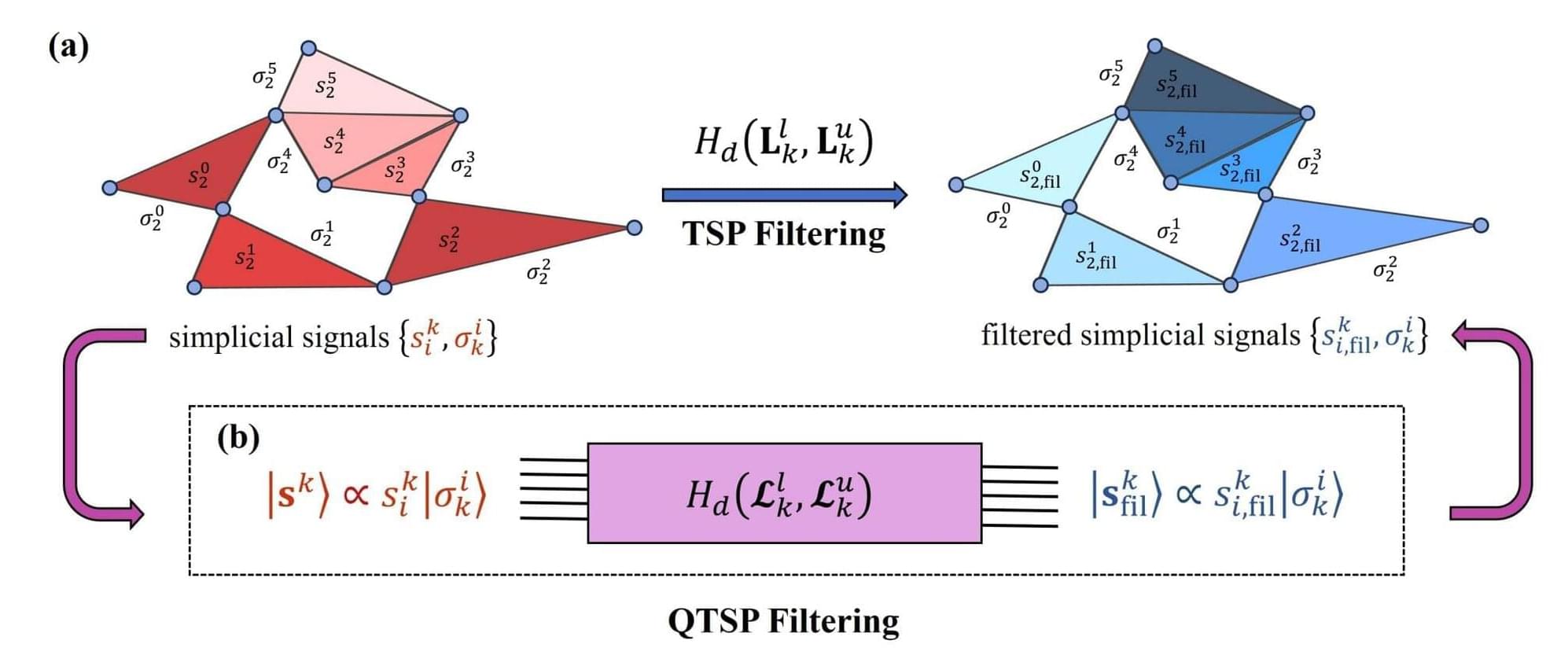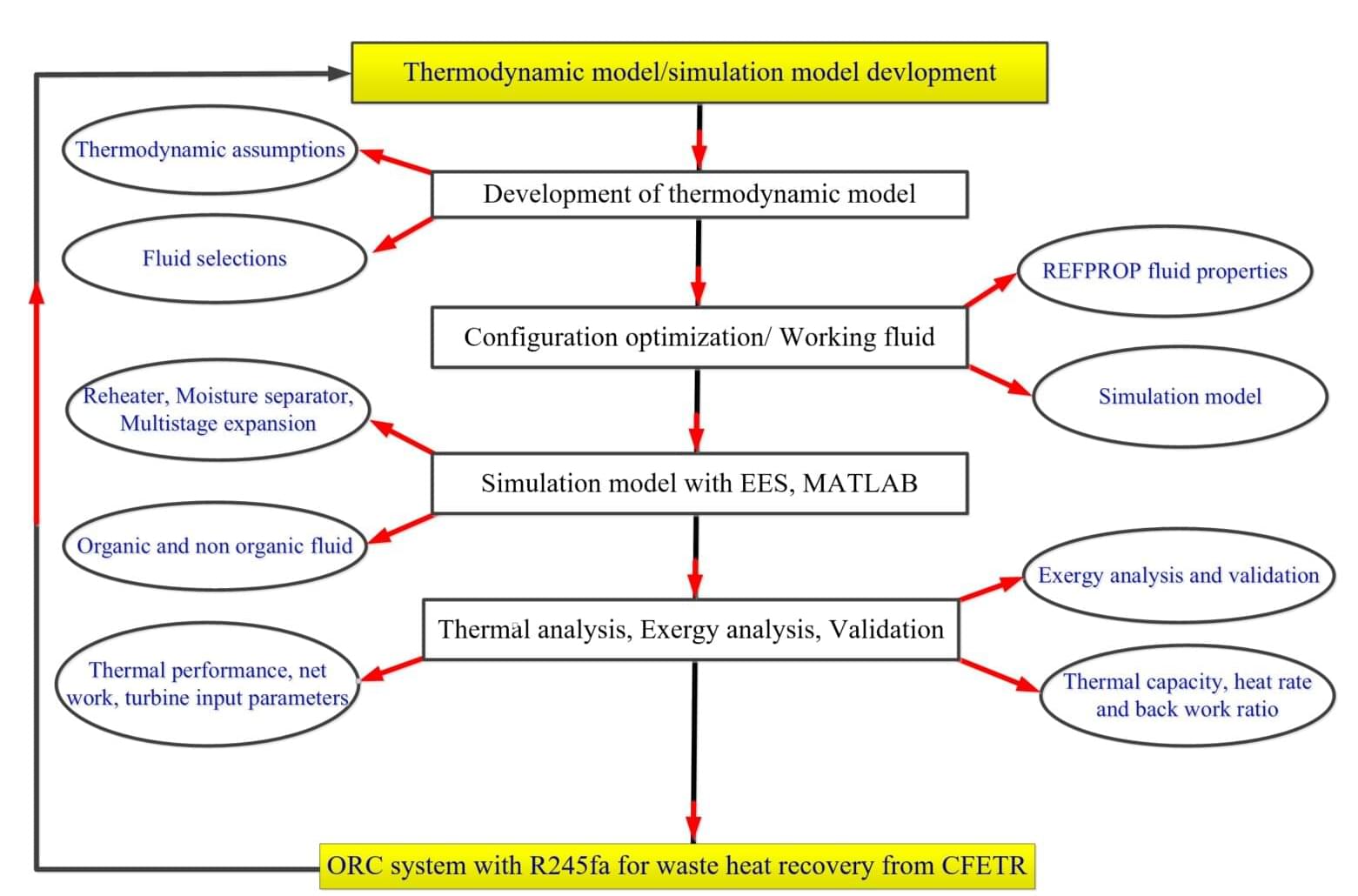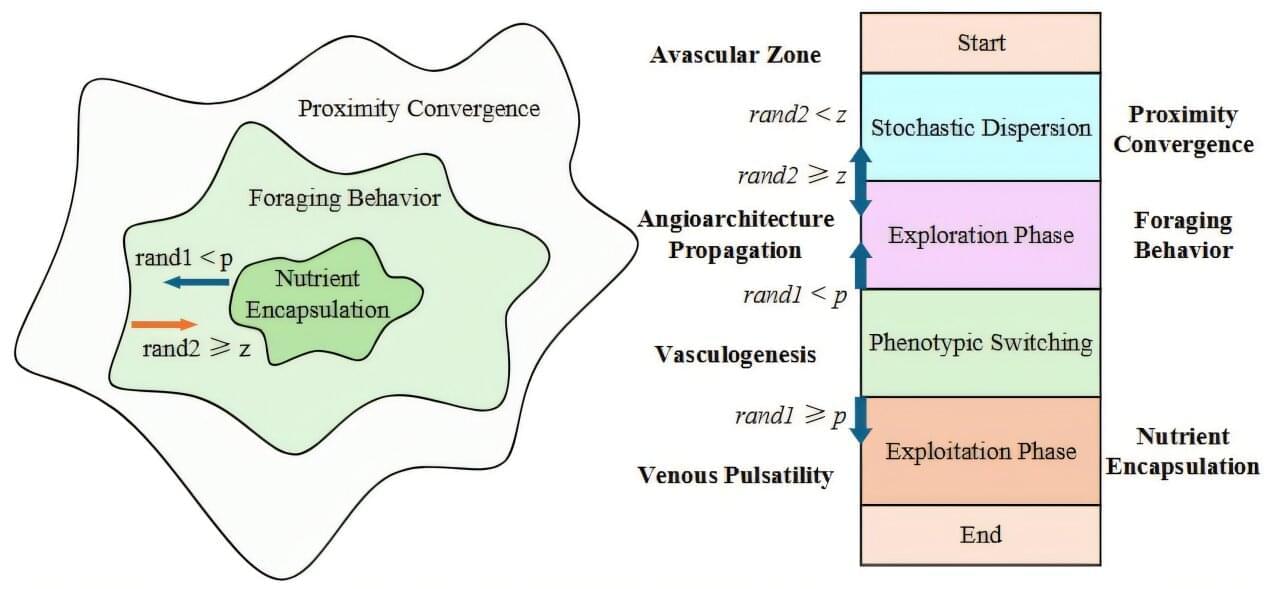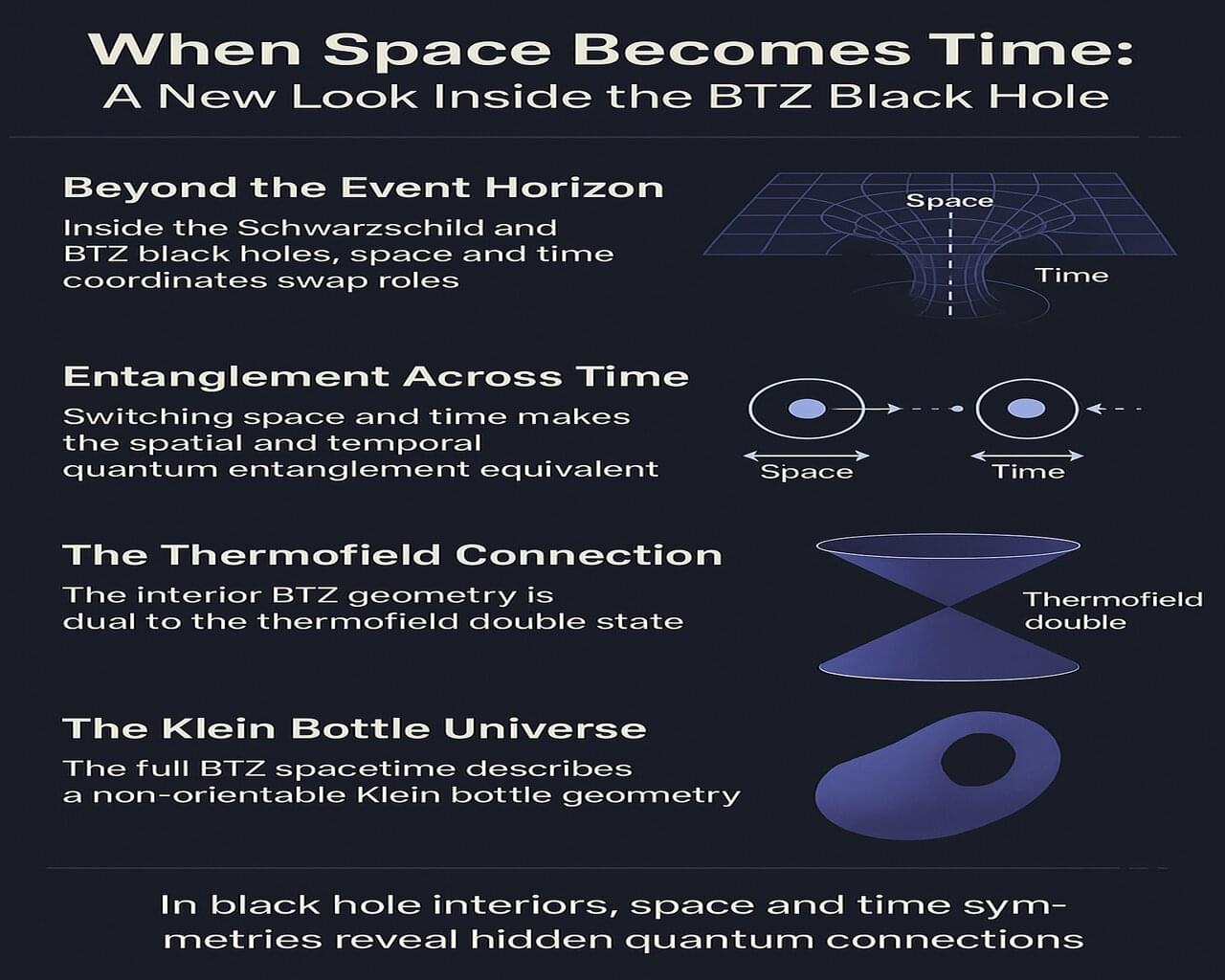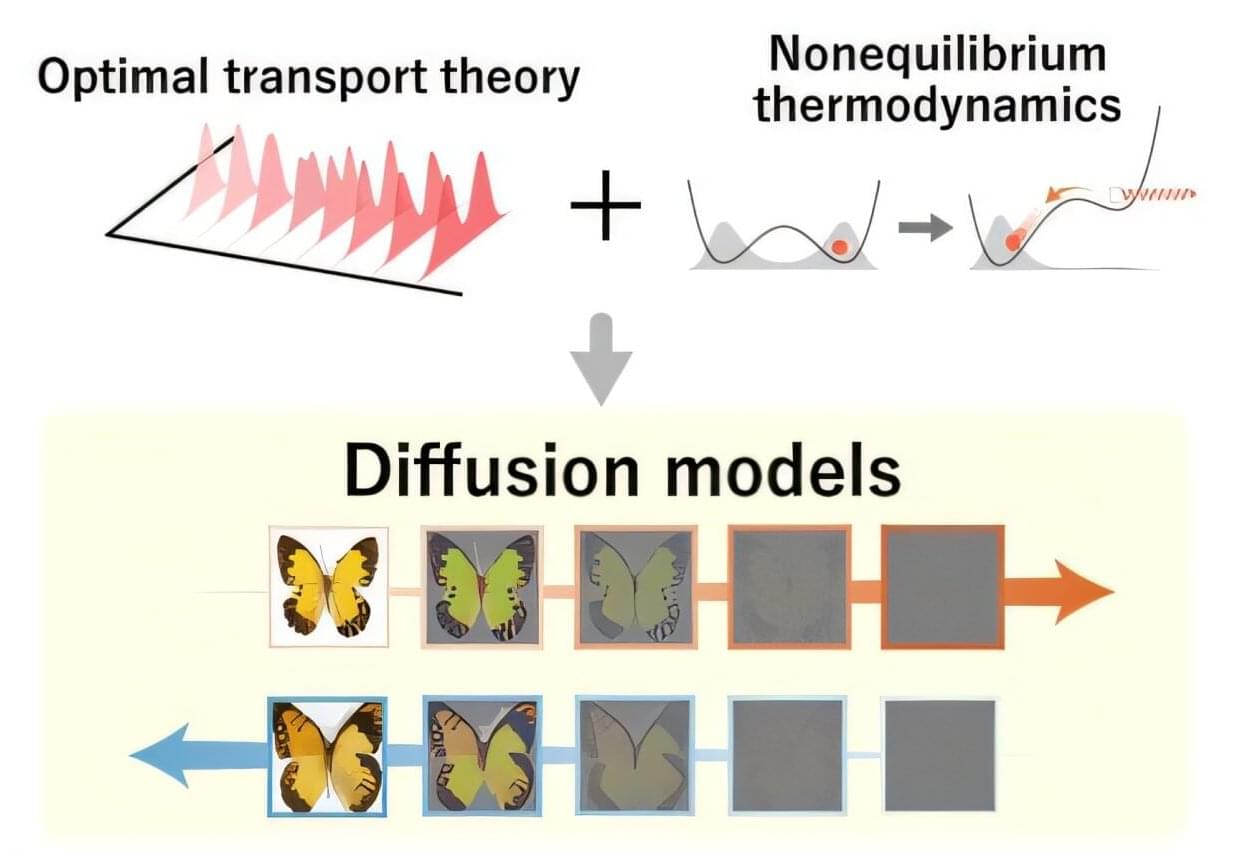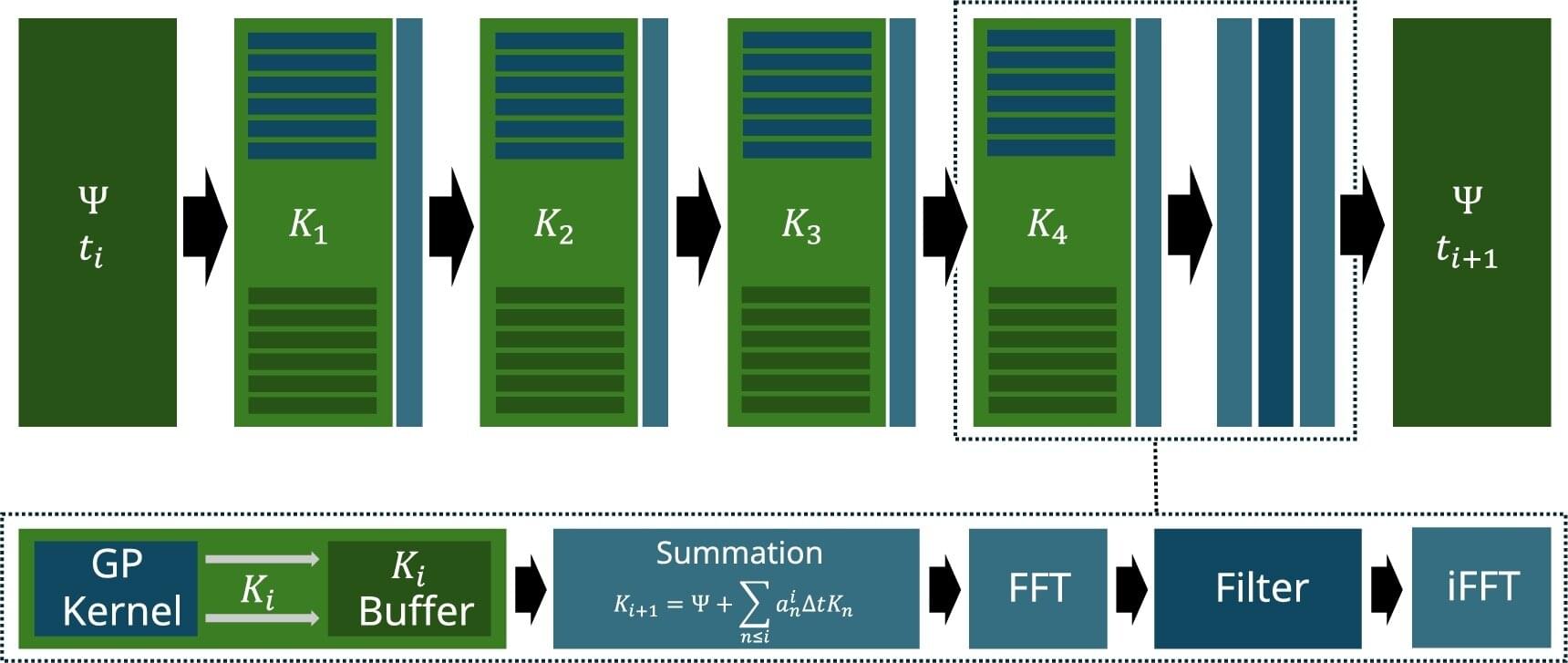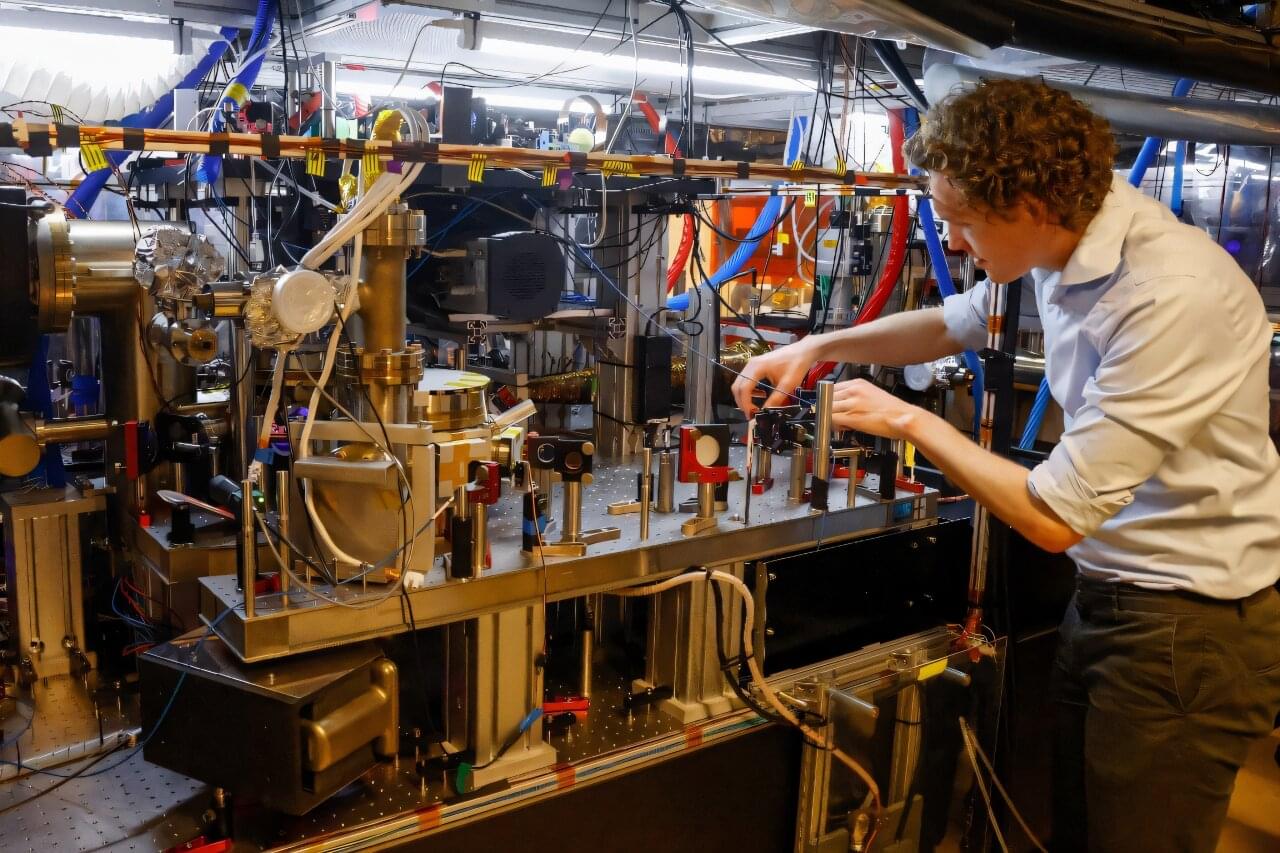Whenever we mull over what film to watch on Netflix, or deliberate between different products on an e-commerce platform, the gears of recommendation algorithms spin under the hood. These systems sort through sprawling datasets to deliver personalized suggestions. However, as data becomes richer and more interconnected, today’s algorithms struggle to keep pace with capturing relationships that span more than just pairs, such as group ratings, cross-category tags, or interactions shaped by time and context.
A team of researchers led by Professor Kavan Modi from the Singapore University of Technology and Design (SUTD) has taken a conceptual leap into this complexity by developing a new quantum framework for analyzing higher-order network data.
Their work centers on a mathematical field called topological signal processing (TSP), which encodes more than connections between pairs of points but also among triplets, quadruplets, and beyond. Here, “signals” are information that lives on higher-dimensional shapes (triangles or tetrahedra) embedded in a network.
